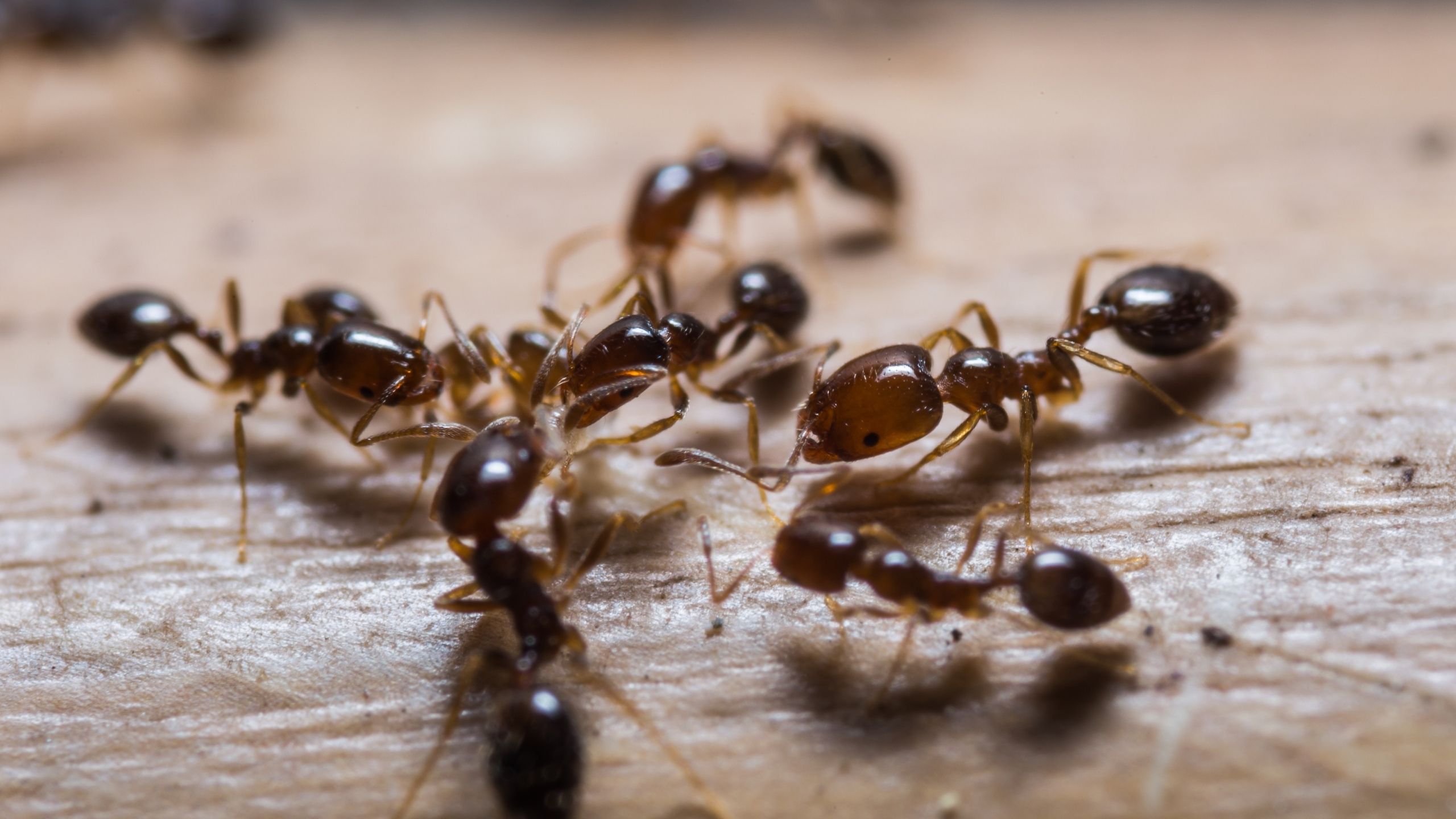Russian Wheat Aphid
January 2008
Erin W. Hodgson, Extension Entomology Specialist (No longer at USU) • Jay B. Karren, Extension Entomology Specialist (No longer at USU)
What You Should Know




- Russian wheat aphid is a common pest of small grains.
- Controlling volunteer plants and adjusting planting dates can help reduce aphid outbreaks.
- Weekly scouting and timely insecticide applications can protect grain yields.
Russian wheat aphid, Diuraphis noxia (Hemiptera: Aphididae), was first found in the U.S. in 1986, and is currently found in 16 western states (Fig. 1). In Utah, Russian wheat aphid was first detected in wheat and barley in San Juan County in 1987; now it is confirmed in every Utah county but Daggett, Piute, and Rich. Russian wheat aphids can build up to high numbers and cause significant plant damage. This aphid is of concern to small grain-growing regions in Utah.
Description and Life Cycle
Russian wheat aphid adults are small (1.6-2.1 mm long), spindle-shaped, and lime green in color. Shortened antennae and reduced cornicles at the end of the abdomen are distinguishing characteristics. Adults also have a “double cauda” from the side view (Fig. 4). The Western wheat aphid, D. tritici, is similar in appearance and also damages wheat, but is covered with wax and has a regular cauda.
Interestingly, male Russian wheat aphids have never been detected in North America, and therefore an overwinter egg is probably not produced as with many other species. Females reproduce asexually all year long and give birth to live young for 60-80 days. Russian wheat aphids seem to be more cold-tolerant than other grain aphids, surviving exposure to -13°F. Temperatures greatly influence developmental rates, with optimal growth (86°F) generating adults in 7-10 days. Quick freezes and extended periods of snow cover are detrimental to winter survival.
Russian wheat aphids produce several generations of winged forms every year (Fig. 3). Although not strong flyers, winged aphids are migratory and move in search of actively growing plants. Peak aphid movement is in July, where they move from summer grain and begin to infest maturing winter wheat and wheatgrasses. Volunteer wheat and barely also provide refuge between summer harvest and fall crop emergence.
Host Plants and Damage
all year long, and never move to a woody host as with other aphids. The most important host plants are wheat and barley, but cool season grasses (e.g. crested wheatgrass, intermediate wheatgrass, and Canada wildrye) are acceptable too. These aphids have a wide host range and can also survive on rescuegrass, foxtails, wild barley, and bermudagrass.
Nymphs and adults feed on plant phloem with a piercing-sucking stylet. Russian wheat aphids prefer to feed on foliage and grain spikes of actively growing plants. While feeding, these aphids can transmit a toxin that causes discoloration and distortion of the plant. Heavily infested leaves will have longitudinal white, purple or yellow streaks (Figs. 2, 6). Aphid feeding can prevent normal unrolling of leaves, plant and head stunting, and bleached heads with poorly formed grain (Figs. 5-8). In some cases, grain heads never properly emerge because the awns trap the flag leaf.




Management Options

- Biological control from parasitic wasps, predators and fungal pathogens are abundant in small grain fields in Utah. Wasps inject an egg into an aphid, eventually killing it and leaving bloated “mummies” on plants (Figs. 9-11). Ladybugs and lacewings can eat hundreds of aphids in a lifetime. Foliar insecticides will reduce biological control for moderate aphid infestations.
- Remove volunteer grain and wheatgrasses to eliminate refuge between spring and fall crops.
- Plant spring grains early and fall grains late to deter winged Russian wheat aphids from starting colonies.
- Keep small grain fields healthy by reducing drought stress. As with other aphids, Russian wheat aphids tend to thrive in stressed fields. Test soil regularly and fertilize as needed.
- Select certified varieties that are well-suited for the growing area. Aphid-resistant wheat and barley cultivars are available, but may not be effective. A virulent aphid biotype resistant to these cultivars was detected in 2003 and now is widespread through the western U.S.


Chemical Control
The economic threshold for Russian wheat aphid in winter wheat from regrowth to heading can be predicted (1% infested tillers = 0.5% yield loss). In general, fields with >10% infested tillers will benefit from an insecticide application. Weekly sampling for Russian wheat aphid is the most reliable method for estimating infestation rates and minimizing yield loss. For all small grain fields, check at least ten plants in five different areas. In the spring, consider using an insecticide if:
- 10% of the plants are infested to flowering
- 10% tillers are infested at beginning flowering
- 20% tillers are infested at early milk stage.
Chemical control of Russian wheat aphid is effective, but complete coverage is necessary. Control difficulties are associated with low temperatures, poor coverage, insufficient spray volume, and drought stress. Avoid tank mixes and buffer alkaline water if possible. Seed treatments and systemic products should be considered for persistent outbreaks. Products registered for control in Utah include: beta-cyfluthrin, chlorpyrifos, cyfluthrin, cyhalothrin, endosulfan, gamma-cyhalothrin, lambdacyhalothrin, lorsban, thiamethoxam, and thionex.








